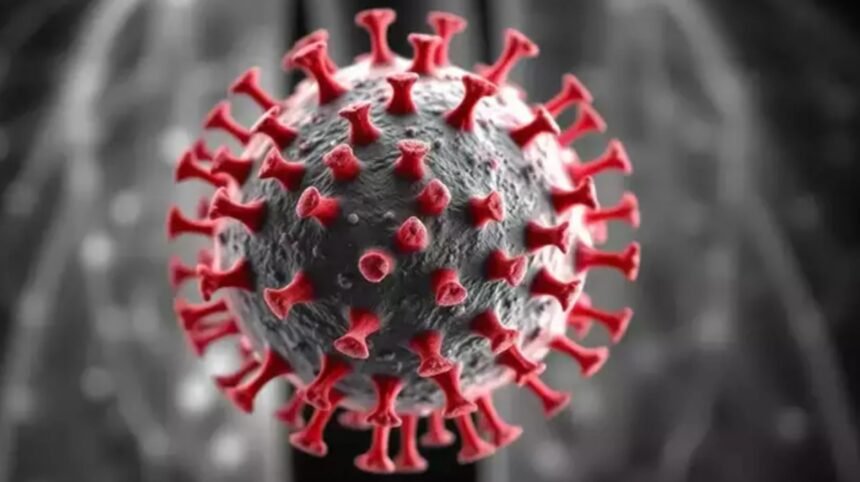After more than three years of investigation and debate, the World Health Organization (WHO) has released its final report on the origins of COVID-19, concluding that the question of how the pandemic began remains unresolved.
The report, compiled by the WHO Scientific Advisory Group for the Origins of Novel Pathogens (SAGO), highlights a lack of access to critical data — particularly from China — as the primary obstacle to reaching definitive conclusions.
While most available scientific evidence still points to a zoonotic origin — the virus likely spreading from animals to humans — the panel said it could neither confirm nor rule out a potential laboratory-related incident due to insufficient data.
“Without access to hundreds of viral genetic sequences and detailed biosafety records from early cases in Wuhan, a full evaluation of the lab-leak theory is not possible,” the report states.
Zoonotic Spillover Remains Most Likely Scenario
Dr. Marietjie Venter, chair of the WHO advisory group, said that the zoonotic hypothesis remains the most plausible, with bats being the likely reservoir and transmission possibly occurring through an intermediate host. In 2023, the list of potential intermediaries was narrowed to include raccoon dogs, civet cats, and bamboo rats — species known to be susceptible to coronaviruses.
The report emphasized that there is no evidence suggesting COVID-19 was intentionally engineered or that the virus circulated outside of China before December 2019.
Access Denied
Despite repeated requests, Chinese authorities denied access to key biosafety information and viral samples from early patients. This includes data that could have confirmed or excluded a lab-related accident.
“The lab-leak theory remains speculative, politicized, and unsupported by science — but cannot be completely dismissed without further access to data,” said Venter.
Timeline of the Investigation
2021: WHO’s initial report concluded a lab leak was “extremely unlikely,” favoring a natural origin.
2022–2024: The newly formed SAGO continued investigations but faced political and logistical hurdles.
2025: The final report was published on June 27, amid internal tensions — one member resigned earlier this week, and three others asked for their names to be removed.
WHO Director-General Tedros Adhanom Ghebreyesus called it a “moral imperative” to uncover the origins of a virus that caused over 20 million deaths and trillions in global economic losses.
Political Tensions and Diverging Narratives
The Chinese government has repeatedly denied the lab-leak theory and suggested the investigation should broaden to other countries.
Former U.S. President Donald Trump has long asserted that COVID-19 originated from a lab in China. However, a U.S. intelligence review concluded that there is insufficient evidence to support this claim.
With the WHO’s official investigation now closed, future answers may depend on international cooperation and data transparency. Independent research efforts are expected to continue, and experts are calling for enhanced global health data-sharing protocols, especially as political divisions continue to influence the scientific narrative.







